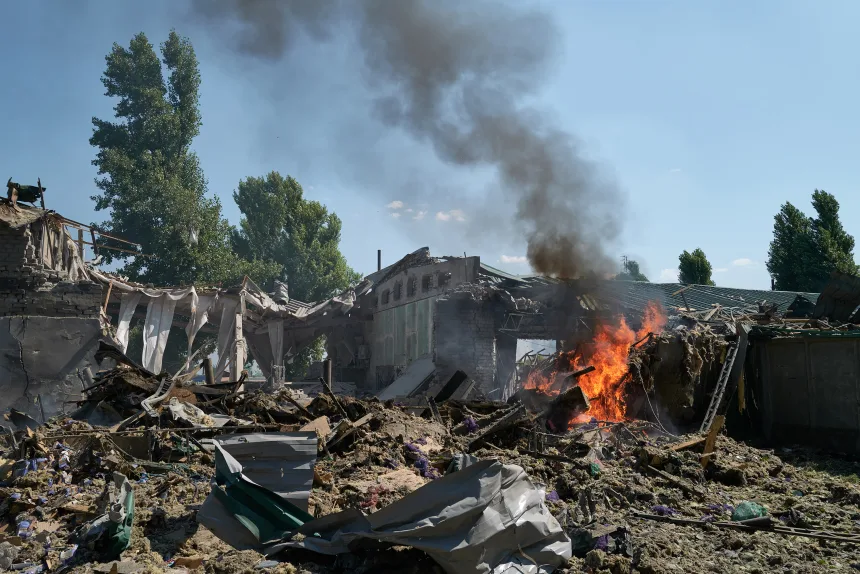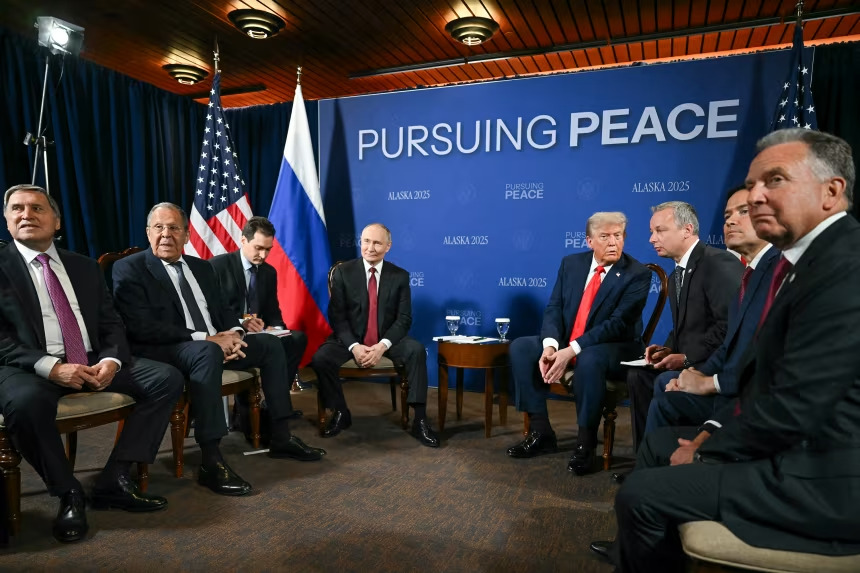Echoes of the Cold War, Toward a New Stage

TEXT : Nick Stewert
On August 15, 2025, U.S. President Donald Trump and Russian President Vladimir Putin met face-to-face for the first time in three years at Joint Base Elmendorf-Richardson in Anchorage, Alaska. The summit was a “symbolic ritual” reflecting both the legacy of the Cold War and today’s geopolitical tensions, but its significance is tinged with complexity due to the absence of tangible results. What is particularly noteworthy is the choice of Alaska as the venue. Since the United States is not a party to the International Criminal Court (ICC), it was likely chosen as a geographically and legally safe environment, shielded from the ICC arrest warrant hanging over Putin. Furthermore, with Alaska’s historical context as once Russian territory, and the lingering aura of Cold War–era military facilities, the base served as a fitting stage for what might be called a “geopolitical symbol.”
At the outset of the summit, Trump welcomed Putin with a red carpet and staged an impressive military display featuring F-22 Raptors, B-2 stealth bombers, and F-35 fighters (The Daily Beast). For a brief moment, reporters and the public were riveted by this showcase of American military might. Yet such spectacle gave off a sense of easygoing pageantry—perhaps even a smokescreen—meant to obscure the reality of a summit that ended without a deal. Trump declared the talks “very constructive,” but simultaneously acknowledged: “There’s no deal until there’s a deal.”

As numerous reports emphasized, the summit concluded without concrete achievements. No ceasefire in Ukraine was agreed upon, nor was a framework for peace established. Putin stuck to his familiar demands—Ukraine’s demilitarization and the prevention of NATO accession—while Trump, instead of advancing strategic frameworks with Europe, left the impression that the meeting became more symbolic than substantive.
The Financial Times went so far as to call the summit a “diplomatic failure,” criticizing Trump for treating Putin like an honored guest without extracting meaningful concessions. Likewise, international media outlets converged on the view that while the summit carried symbolic value, it produced no substantial progress.
Reactions from prominent figures and commentators were fierce. Former professional goalkeeper Dominik Hasek denounced Trump as “the weakest president,” condemning him for welcoming a war criminal with a smile. Martina Navratilova described Trump’s posture and demeanor afterward as “the body language of a beaten man.” These critiques highlight how the summit’s “performative” dimension accentuated the gap between appearance and results.
On the other hand, Joe Hildebrand of The Daily Telegraph offered a different angle, suggesting that rather than cornering Putin, the summit may ironically push Trump toward rebuilding U.S. support for Ukraine. By exposing his own hardline stance in public, Trump may be compelled to re-examine his strategy and move toward closer cooperation with Europe. In this sense, the outcome cannot be reduced to a simple diplomatic blunder.

In summing up this summit, one could say that as a “performance” in American political diplomacy, it was striking—but as an act of “constructing” real peace, it fell short. From the perspective of symbols versus substance, of spectacle versus politics, this summit could be seen as marking “the end of a diplomatic drama.”
Still, if there is to be a next step—say, if Trump were to work with European nations to present Ukraine with a comprehensive peace framework—then the symbolic dimension of this meeting might serve as a preliminary salvo. Conversely, if diplomacy continues to be treated merely as a stage for spectacle, while the positions of actual stakeholders are neglected, the very institution of diplomacy risks being hollowed out.
For Ukraine, still suffering from the war, for European nations anxious about security, and for a divided America, what is demanded is not theatrics but tangible outcomes. Public opinion at home and abroad will increasingly call for real results rather than performances.
If this summit is to be a turning point, then politicians and diplomats must seriously contemplate “the next move.” In that sense, the Alaskan stage offered not just a “show,” but a wake-up call urging a revival of diplomacy itself.
